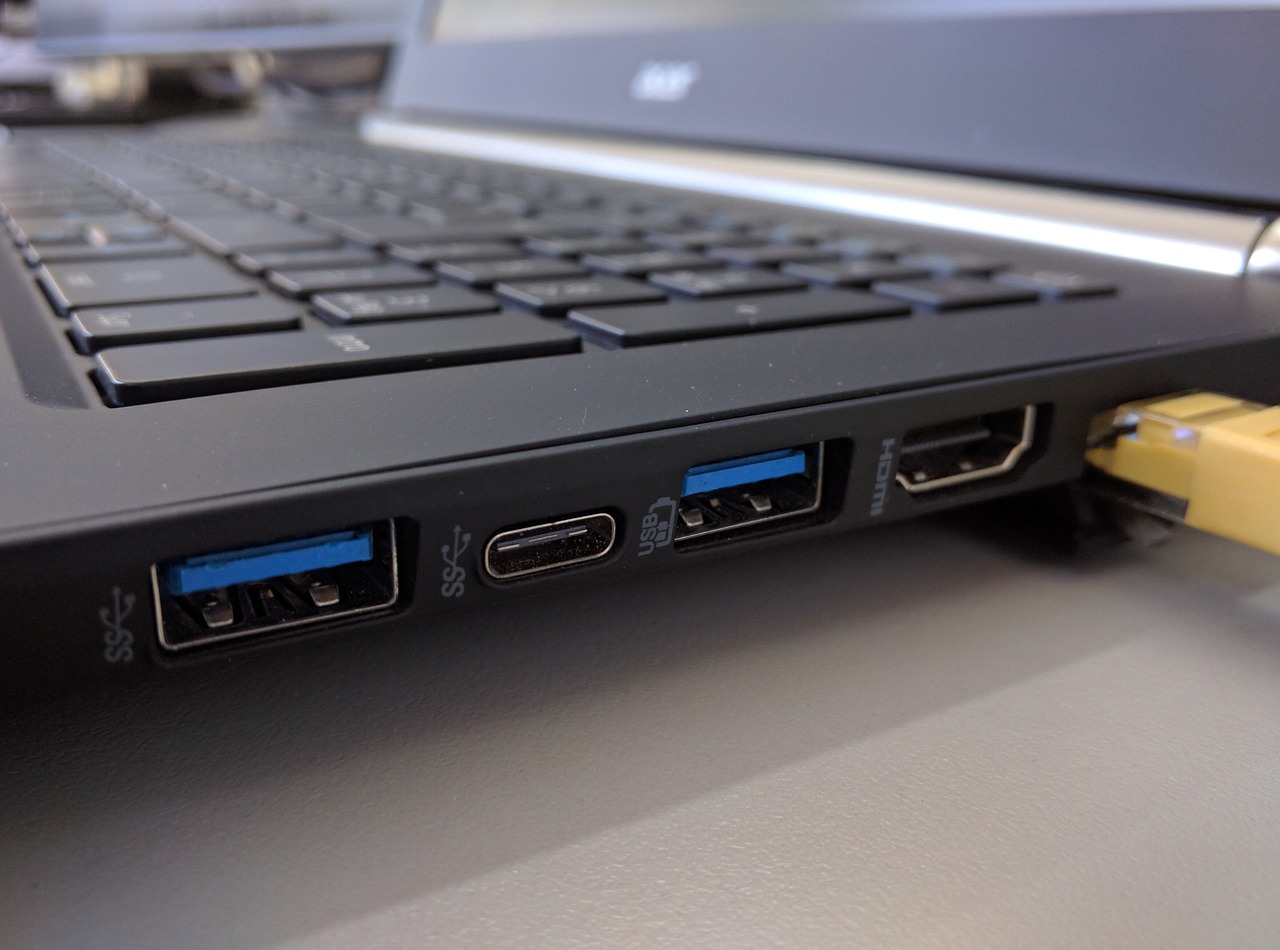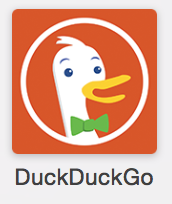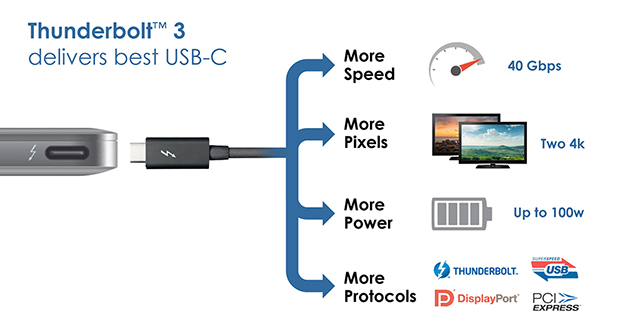Today's post is about managing a large website from information architecture to the whole core of the website.
Since I relaunched my website with the refurbishment to last for the rest of my website's life, many small tweaks have been brought to the design. Many of these tweaks were based on small suggestions as well as the occasional large one (like building my own menu system).
A website in some cases does not seem like an ongoing job, but for my own personal website, my web developerness always encourages me to do more. Knowing when to stop is a very difficult, if not impossible, task. There is always something new that could be brought to the site.
I often talk about how proud I am of my personal website since I wrote the whole thing from the gallery to the blog to the whole design, but what I don't talk about a lot is the content on my website.
As I'm sure you will agree, my website is rather large. Not only are there several pages of blog entries on my website, there are over 80 articles in my tutorials, I have quite a few reviews and articles, there is lots of information on the projects I'm working on, information on me, my pets and family, a gallery, information about my software, including my page dedicated to Zenith, a lot of stuff on university, some developer tools, newsletters and so much more.
Information architecture
The information architecture (IA) of a website is crucial and is the very first thing that should be considered when developing. If you are interested in web development you will likely already know that putting an index.html or default.html page in a directory means that the URL does not need a dot, so http://www.test.com/about/index.html can become http://www.test.com/about/.
Sticking to a procedure of putting the index or default page into a directory gives the site a better architecture also. Nested directories like articles/ and articles/computing/technologies.html are nicer than file paths like articles.html and articles_computing_technologies.html.
Managing content
Content can be difficult to manage on a large website and while this website is reasonably small compared to some other websites, including ones that I've built, but none the less, I do have a very strict system in place to control images, CSS, JavaScript, PHP and text files that are considered assets to the website.
Site dependant content should be stored together in one central location on the website. I tend to use a folder called /assets/ as my content folder. Inside there exist several folders, particularly /assets/images/ and /assets/css/. This means that all images shared across the website can be found from this area.
Since the middle of my childhood, I have always kept a close eye on computer connectivity and it has always been one of my biggest interests in computers.

Very recently I started to think a bit about what connections are on their last legs in their lifespan - ones that probably will no longer be used in four or five years, and I came up with a list:
- IEEE1394 or FireWire. FireWire is one of my favourite connectors for disks because it is relatively inexpensive compared with what most consider its successor - ThunderBolt. Yet more and more wealthy professionals are moving to Thunderbolt, leaving the consumer market with USB 3.0. USB 3.0 may be faster than FireWire in some situations but push FireWire development further and we could see it back where it used to be - USB's big brother. However, development like this seems incredibly unlikely and FireWire, as great as it was, seems doomed.
- eSATA and SATA. eSATA or external Serial Attached Technological Attachment was an attempt to bring SATA speeds to external devices and remove the bridge that both FireWire and USB required to communicate with such devices. eSATA keeps up with the speed of the core SATA implementation so it's about as fast as its internal connector. eSATA has never kicked off properly though and its only real purpose is to act as an external drive interface. SATA on the other hand is huge at the moment, but like eSATA, in my opinion, doomed. I say this because in the enterprise there is SAS - a much better alternative to SATA and more and more consumer laptops are moving to PCI-Express-based drives and it will likely not be long before those who care for speed move to PCI-Express boards for their desktops too. From this, I do believe that eSATA is doomed and that SATA is a connector that will soon become very low-grade.
- DVI. We've been saying DVI is finished for years and sure on consumer systems it is pretty much gone, but in the business world, it's still there. My first PC to have a DVI connector was in 1999, my last monitor to use DVI ran until 2011. Since then I have moved to DisplayPort for the majority of cases and HDMI also (due to the fact that I run multiple computers from the same monitor and the majority of monitors feature multiple HDMI ports but only a single DisplayPort). Most business systems are built for budget and as part of this include budget monitors featuring only VGA and DVI. Some low-end monitors are starting to appear with DisplayPort (since it is royalty-free it is cheap to include). This new addition may signal an end for DVI in general.
- Optical audio. Optical audio is one of the greatest inventions in the AV industry but the TOSLink connector that we use today is something of a novelty. More and more television sets are dropping this connector since the all-in-one HDMI offers uncompressed PCM 7.1 audio as well as video over one cable. This means smaller packages too, as HDMI is a much smaller connector (internally) and is already included in almost every modern television.
- 3.5mm jack. Phones will likely be the first to get rid of the headphone jack, and ultimately computers will ditch the 3.5mm jack and replace it with USB (as should have been the case several years back).
You may ask what about PS/2. PS/2 being one of the oldest standards in connectivity still in use still has not disappeared from its brethren (the parallel and serial ports). PS/2 probably will not disappear for some time still since, unlike USB, it's relatively cheap to implement and that makes it good for business. For gamers, it's the ability to send an interrupt directly is incredibly fast and unlike USB it does not rely on polling, so it still could remain popular in that market too. VGA is also a long way from being replaced in the server market, particularly in rack mount servers, where there needs to be as much room as possible for disk drives and little need for a powerful GPU.
If you are interested in knowing about the benefits of the old PS/2 standard vs the ugly USB polling system, take a look at this article.
I am just reposting this article.
This year, Apple's September event was, in a word, mediocre.
For those that did not see the event or know much about it, you can read more in the previous post on my blog.
The majority of the event focus on iPad. The new iPad Pro that Apple launched is 'the biggest thing to happen to iPad', literally. The iPad Pro is a 12.9 inch iPad (as predicted) which also has a new Smart Connector to connect a specific external keyboard. It also comes with a digitizer known as the Apple Pencil. The Pro is designed with business folks in mind.
The other major announcement was the iPhone 6s. Again, this was pretty much predicted down to the last feature. As expected, it supports 4K video recording and has a 12MP camera. The other new feature that was added was Live Photos, which are basically small video recordings take with photos and attached to them. This will work with El Capitan and iOS 9 and hopefully other devices in the future so that we can relive those photographic moments. As someone who takes a lot of photographs and loves to make memories, I really like this idea. The 6s also features faster Touch ID and more, but these features were pretty minor in the grand scale.
Apple also announced the next generation of Apple TV. This model brings solid state storage to the device and a remote control with both motion sensors and a microphone. Personally, this was the biggest announcement of the day. The storage is included so that app from a new dedicated Apple TV App Store can be installed.
There was no mention of Macs, but there you go.
Finally, I have managed to get Windows 10. And the good news is it was so easy to install on my Mac (not like my PCs).
Windows 10 scaling features work well, unlike Windows 7, 8 and 8.1 so I can finally use the high DPI of my Mac's display with Windows. I've been waiting for some time (since August 2014) to use Windows on my Mac (I had Windows until April of that year on my older MacBook and I've always had it on my Mac mini as well) and it's nice to finally have it again!
My tablet has just finished upgrading to Windows 10 as well due to the fact that unlike the installer Microsoft has been giving out, 'burning' a plain old ISO to a USB drive on my Mac works.
I will finally get round to doing my review. In general, I'm positive about the experience I'm going to have with this OS, considering Microsoft's tick-tock cycle of good OS (ME, XP, 7, 10) then bad OS (2000, Vista, 8).
When I first started to use Duck Duck Go (DDG) it was due to being a bit of an Apple fan boy. Apple were moving their default search engine to Duck Duck Go and I wanted to give it a try.
My original thoughts were that because of it's privacy policy - it would not share your information with third parties. Of course this is a great feature, but it's not the reason I use Duck Duck Go (nor is the fact that Mr Duckface is absolutely adorable).

I will admit that Duck Duck Go is not the perfect search engine for it is still young and needs more time to improve. I very occasionally still use Google to search for things, but the majority of my searches are through Duck Duck Go.
No the main reason I use Duck Duck Go is because of the features they have started to add. I play a lot of Minecraft and I spend a lot of time reading stuff on the Minecraft Wiki. I also read a lot of Wikipedia articles. Duck Duck Go is the perfect search engine for anyone who does this kind of stuff. Why? Because Duck Duck Go takes a standard search over to the search page of a certain website.
Say I want to look up how to make a sticky piston in Minecraft, I would simply type into my search bar in Safari:
!minecraft sticky piston
And because Duck Duck Go is my default search engine I will be directed to the Minecraft Wiki searching for the term "sticky piston". This saves me a whole page or two of searching.
I have also changed my personal website to do this too. Now instead of typing "blog: google" to search for "google" in my blog only, you type "!blog google".
So go on, Duck It!
Let's be clear here; for the majority of Mac users, Thunderbolt is only ever used as a display connector, only utilising the DisplayPort properties of this interconnect.
Apple and Intel's joint venture surprised many and was one of the key reasons I bought myself a MacBook Pro when I did. Since the MacBook Pro I originally owned (late 2011 13" Thunderbolt version), Thunderbolt has progressed a long way. Not only has speed been increased, but in terms of the devices using it. Nowadays, it is not surprising to see a docking station adding more video ports, more USB 3.0 ports and gigabit Ethernet to a laptop which has but a few physical connections. Thunderbolt 2 was released in 2013 with a maximum theoretical speed of 20Gb/s compared to the original Thunderbolt specification which could achieve 10Gbps. This was due to the fact that instead of using PCI-Express version 2 in a single channel, Thunderbolt 2 used PCI-Express version 2 over a duplex channel (allowing communication both ways, or combining them into a single channel). PCI-E version 2 achieves 500MB/s per lane, equivalent to 4Gb/s over a single lane. Thunderbolt uses 4 PCI-E lanes and can achieve 10Gbps with this. Thunderbolt 2 making it bi-direction achieves double the speed.
As many of you will know (if you read my website), my biggest interest in computing is physical computer connectivity, which I have had since about the age of 7 or 8 (where I became obsessed with PS/2 and parallel ports).
To me, physical connectivity is the way forward, wireless is a step backwards (in terms of data, not networking, although I still use almost all of my devices through our rather dated [1997/1998] network in the house which only receives moderate upgrades from time to time). This is why I have backed FireWire and Thunderbolt over many wireless standards.
At the same time, Intel has been busy (again working with Apple) developing USB-C, a full-speed USB 3.0 port which has the physical footprint of a Kensington Lock, allowing computers to get thinner and thinner as well as the ability to send video signals (including DisplayPort) and power (back to the device) over the one cable.
Combine USB-C and Thunderbolt together and you get Thunderbolt 3. Thunderbolt 3 supports PCI-Express 3.0 which achieves 78.8Gb/s or 985MB/s per lane. Thunderbolt 3 itself is given a maximum speed of 40Gb/s, which is a crazy amount of speed. What this now means is that a PCI-Express version 2 graphics card could be used external through the Thunderbolt 3 interface with no real problems. Intel even demonstrated this with the release of Thunderbolt 3.

Thunderbolt 3 will be extraordinary (Sourced: http://uk.pcmag.com/laptops/42408/news/thunderbolt-3-combines-with-usb-c-to-form-a-truly)
What I am really hoping for now is Apple to release a USB-C-Thunderbolt 3 combination display that also features more than one damn input (this is the reason that I still do not have one of these displays and probably never will). This way they could ditch the MagSafe power lead and replace it with the single connector and it really would be the most fantastic way to dock your Mac.
Other than that, the bonus speed Thunderbolt 3 offers would be nice too, but perhaps not worth the extra money for a new computer at the moment.
To me personally, the release of USB-C was one of the most important releases of the last decade due to the fact that it really could become the connector that appears everywhere.
Okay, so I'm one of those people who was prepared to wait until Windows 10 was ready for my computer rather than trying to install it myself (well actually I did, but the thing turned into a nightmare, failing three times due to IMAGE_WRITE_FAIL, UNPACKAGE_FAIL and IMAGE_CORRUPT on each occasion, even using a different image each time).
I decided on July 29th to wait for it on my other computer and then on August 5th I decided not try and install it again on to my other PC until it was officially ready.
Nonetheless, two weeks later I still have not been informed that it is ready to install on either of my computers - my custom built i7 machine with a Radeon R7950 with nothing out of the ordinary and my Asus convertible tablet, released only in October 2014.
To tell the truth, Windows 10 looked/looks like it will be worth the upgrade (afterall, I hated Windows 8 as much as anyone).
So where are my upgrades? (if this was Apple, I'd already have my update downloading but it would still have four days left to finish downloading!).
For some time I have been noticing that several error logs across my site have been filled with errors relating to attempted header updates in PHP that are failing.
I found out today what the problem is.
The error for most of them occurs on line 1, and it's because of Aptana Studio saving in UTF with BOM. BOM or Byte-Order-Mark is a single array of characters that is put at the start of a UTF file. The BOM can be seen with a hexeditor such as Notepad++ on Windows or hexdump on *nix machines.
It looks like this:
EF BB BF
Because PHP recognises this as output, it simply leaves it in and therefore PHP flushes the headers and the headers cannot be sent. Don't get fooled by this issue that has had me fooled for months.
There is more information here:
http://stackoverflow.com/questions/8028957/how-to-fix-headers-already-sent-error-in-php
http://ext.raneous.net/post/16512690236/my-utf-8-byte-order-mark-bom-adventure
Yes, it's true. I am beginning to like Microsoft again.
Let me tell you a little secret. Since Ballmer left Microsoft, I have slowly began to like them more and more. I'm not talking about everything - I mean certainly not the Nokia side of Microsoft and Windows Phone. But there are parts of Microsoft that I believe are good and doing well, and one of those is the way they are going with Windows 10.
I was not, latterly, a fan of Windows 8, but I do believe it works well with devices designed specifically for it - touch devices.
Truthfully, I never disliked Microsoft, and I certainly don't dislike everything they do. I just became too obsessed with Apple.



